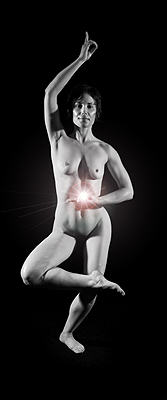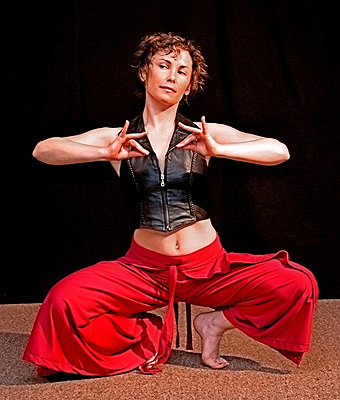
Clothing as an Earthly Possession
A Jainist sect in India renounces the use of clothing for it's monks and nuns in the belief that our clothing ties us to the material world. We become attached to our clothing in the same way that we become attached to all worldly possessions. It should be noted that Jainists also believe in the potential divinity of our individual souls, and the ultimate attainment of that divinity comes in part through our renunciation of all worldly things. This concept is mirrored in Christian monasticism, based upon the original teaching by Christ who advised his followers to give up all of their worldly possessions (clothing excepted), and who also said that it is easier for a camel to pass through the eye of a needle than for a rich man to enter into the kingdom of heaven. The teaching is plain; austerity is the path to God.
For those of us living in the northern latitudes, clothing obviously has many practical advantages which might make it difficult for us to become naked ascetics like the Jainists, even if we wanted to. The important point made by Jainism is about the role that clothing plays in our earthly lives. This point has not been missed by transpersonal and transcultural psychologists who believe that our clothing has immense, psychological importance. Just as the soul assumes the cloak of the body to carry out it's earthly work, so the body and soul together assume a "Persona," a kind of mask or cloak that covers the inner self but identifies us to others and helps to integrate us socially. Our clothing, of course, is part of that mask. Make no mistake, for the transpersonal psychologist, the Persona is essential and is a legitimate part of the personality. The role that the Persona plays in our earthly lives is itself one of our many earthly possessions, and it is part of what we must give up in death. In death, the mask falls away and disintegrates with the body, and it is only the pattern of our earthly actions and the imprints left by us in the material world that survives. In the material world our rare nakedness has the potential to humble us before others and reveal a bit more of who we really are in the presence of God.
